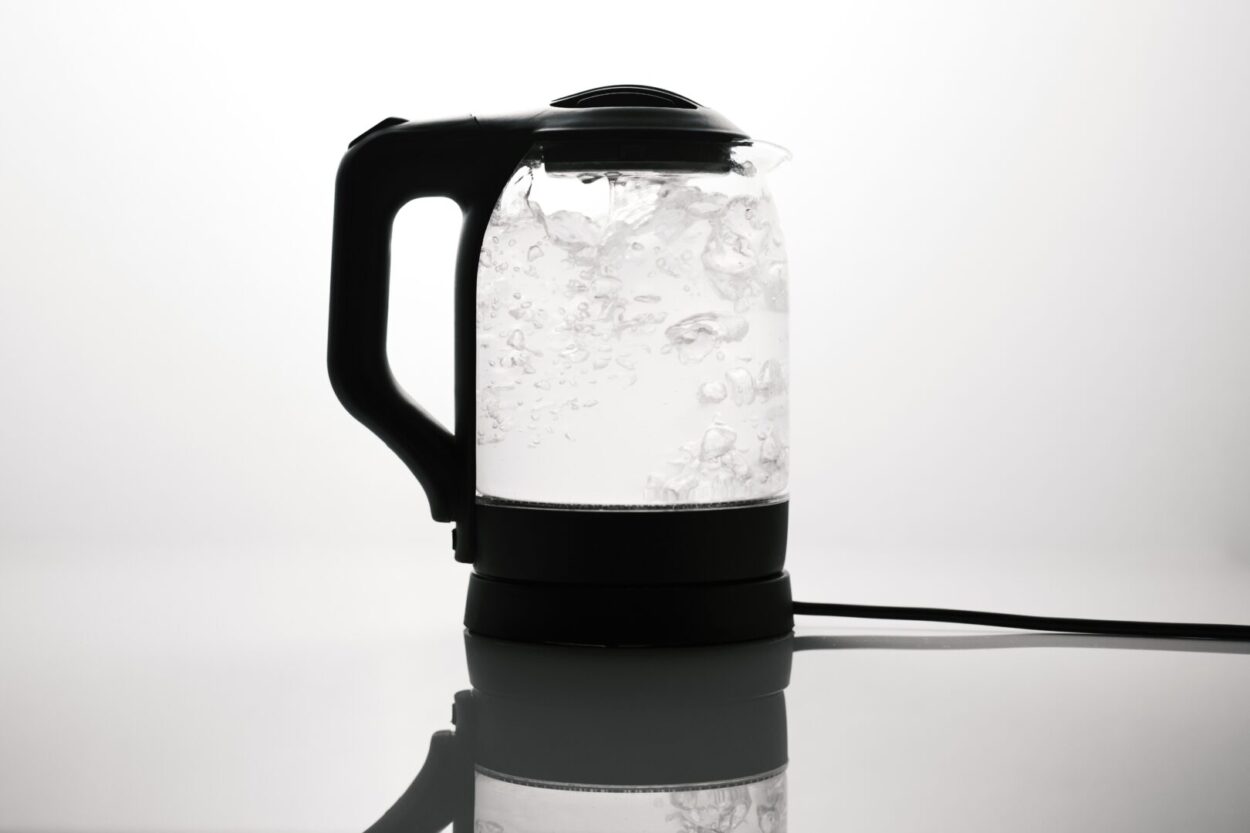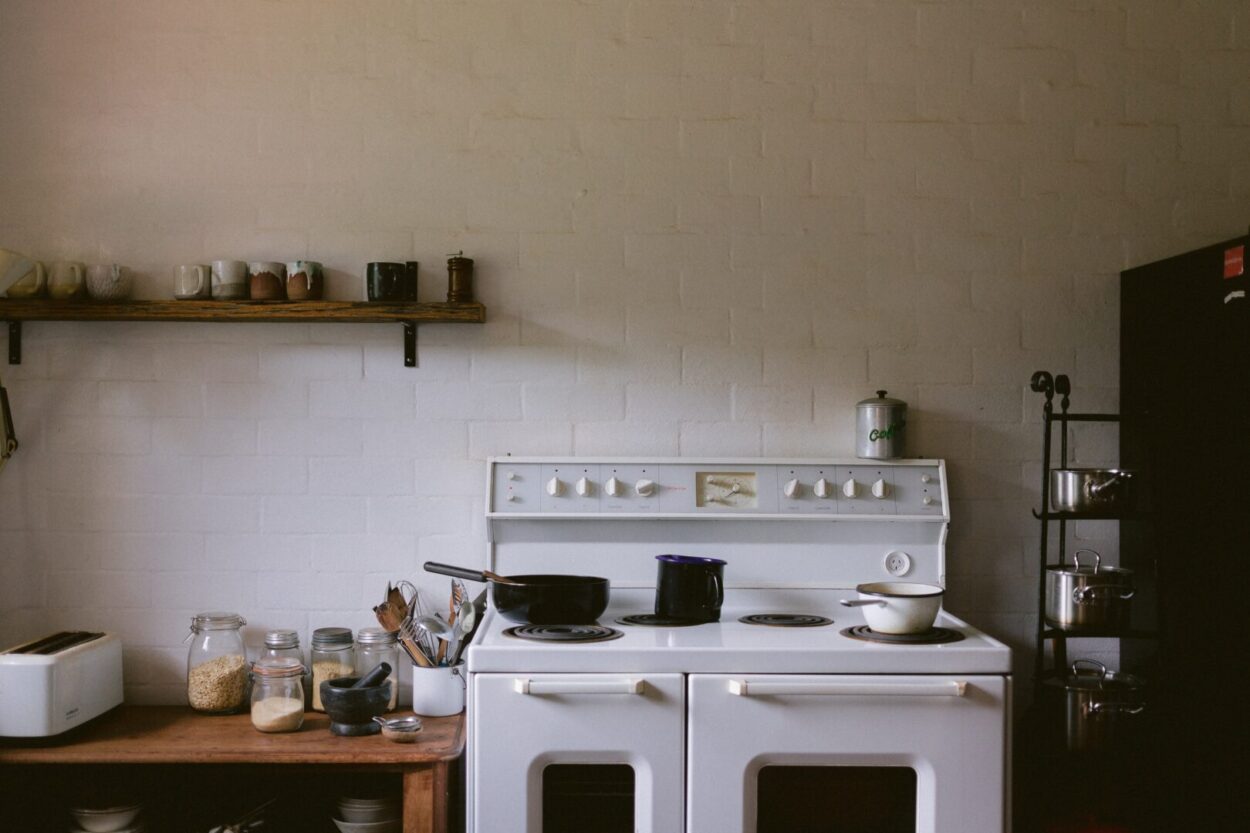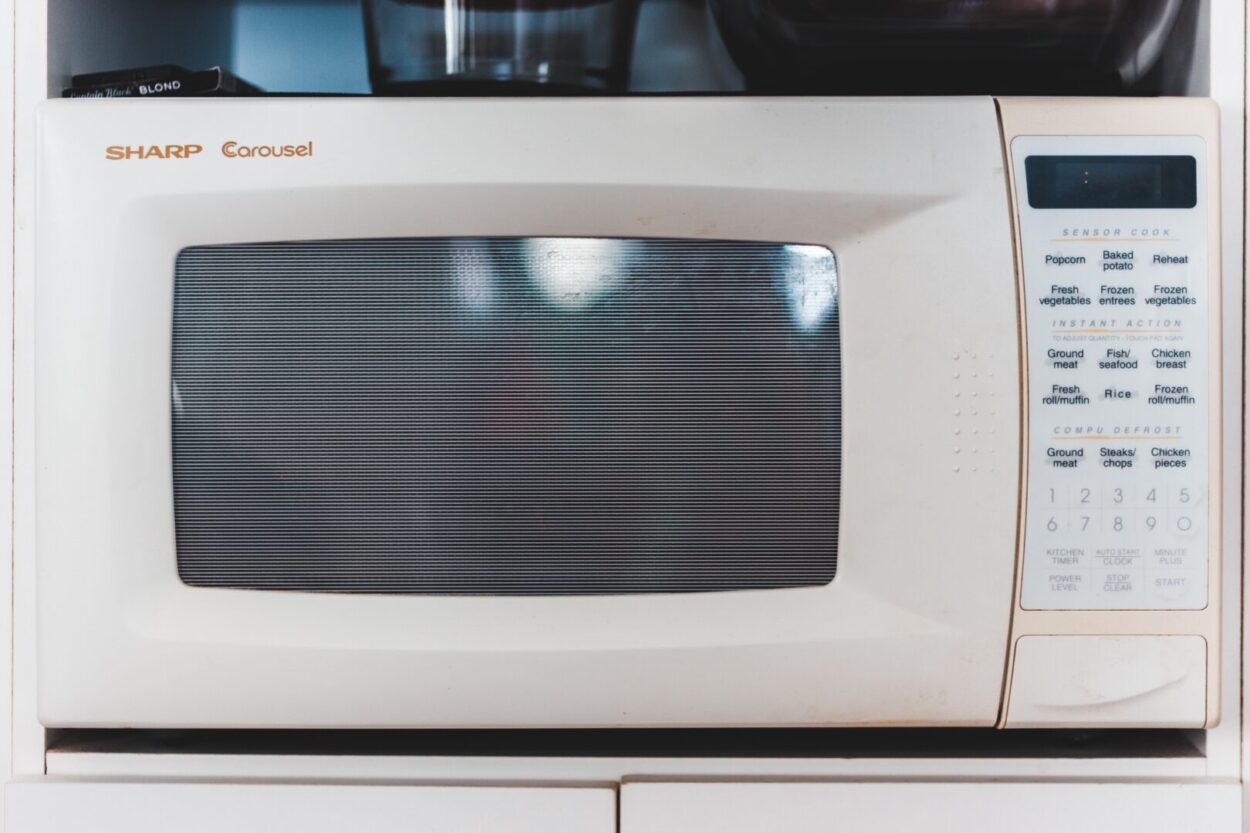Jasmine Birtles
Your money-making expert. Financial journalist, TV and radio personality.


Make your kitchen energy crisis proof.
All we read and hear about in the news at the moment is how to spend less money, how to deal with rising bills, and how to try to cut those bills. It can be very depressing and daunting but this guide will help you to save money on a daily basis.
From July 1, the energy price cap on the unit cost of electricity is now 30p per kilowatt hour (kWh) and £0.08 per kWh for gas, with standing charges remaining at 53p for electricity and 29p for gas. (The standing charge is the price you pay for just having gas and electricity before you’ve used any of it.)
Energy prices are still around twice as high as they were in 2021. This means that although the average direct debit energy bill will fall by around 17% from July 1, we all still need to be aware of how much energy we’re using in order to keep our bills as affordable as we possibly can.
As it’s summer, most of us are able turn off the heating, which can knock precious pounds off bills. And if you don’t already, it’s good to get into the habit of switching off lights in rooms you’re not in: that can waste serious money over a period of time.
However, it tends to be the kitchen that has the most energy guzzling appliances – so what can you do to save money? Below we’ve highlighted some cost-efficient ways to help you keep those bills down:
(Disclaimer: All figures are based on average energy consumption and average wattage of an appliance. Our figures are from Uswitch and AO.com)

Let’s begin with the cost of making that cup of tea. Simple, eh? Well…
Before July 1, it cost around 8.3p to boil your kettle for five minutes, now it costs around 7.5p for five minutes. It may not sound like a lot, but those pennies add up!
According to the Energy Saving Trust, 95% of us boil the kettle every day, 40% boil it five times or more a day, and 75% of households are actually boiling more water than they require, which adds up to a collective waste of millions of pounds. So the key is to always just fill the kettle with as much water as you’re actually using each time: you can do this by filling your mugs from the tap, then tip it from the mugs to the kettle. This alone could save you over £15 a year.
You might also think about investing in an ‘eco kettle’, which reportedly uses 60% less energy than a regular kettle.
Or finally, consider boiling water on the hob. Electric hobs use around the same energy as kettles, but gas hobs cost around 4p for five minutes of use. It would, therefore, be technically cheaper to boil water on a gas hob, provided you only boil the water you actually need to use and you use a lid to prevent the heat and steam from escaping.
Nonetheless, kettles are usually faster and more efficient at trapping energy inside the kettle. For most users, it’s simpler to continue using the kettle to boil water, unless you need large amounts for cooking. Just keep an eye on those amounts you use and be strict with yourself.

Photo by Luisa Brimble on Unsplash.
Before July 1, your oven was costing anywhere from 21p to 51p an hour to use, depending on the type and age. After July 1, the cost has come down to between 19p and 45p per hour.
A good tip to save money while using your electric oven is to switch it off 10 minutes before your food is ready: the oven temperature stays the same and continues to cook your food. That saving really adds up over course of a year.
We all love a quick bit of toast throughout the day, and grilling food is generally healthier and a more-efficient use of your electricity than other kitchen appliances. But did you know that using a toaster is considerably more energy efficient than a traditional grill?
As of July, it costs around £0.05 to use your toaster for three minutes, but it costs 1.5p to use your grill for the same amount of time. So if you have a toaster, stick with that!
A quick and simple meal, soup or stew is filling and nutritious (even more so when you’ve made it yourself) and there are various ways you can make it and heat it up:
An air-fryer is known to be a very cost-efficient way of cooking and will typically add 72p a week to people’s energy bills, or £37.26 a year.

Cooking with your microwave can work out cheaper than using an oven if you get twice the ingredients, cook and then reheat the food, costing only 48p a week to use, or £25 a year.
Batch cooking like this could save you a lot of money over a year according to recent research.
There’s also the slow cooker option. These are brilliant for time-pressed folks who just want to throw a bunch of ingredients in one pan and leave for the whole day: when you come into the house at the end of the working day, the house is not only full of delicious smells but you’ve made yourself a meal to enjoy later – for which you can thank yourself!
Slow cookers use a small lightbulb to gradually heat the food, which uses way less energy and power than a regular cooker. They’re also fun, and there are lots of slow cooker recipes out there to try. Slow cookers cost 17p a week – £9.02 annually – to run. Significantly cheaper than your oven.
While we’re on the subject of cooking habits, don’t forget those simple hacks your grandma used to do. When you’re steaming, boiling or frying food, put a lid on your pan. It reduces the cooking time and lowers your bill. Plus, using the right-sized pan for the job – with a lid that fits properly – could save you tens of pounds over a year.
Shorter meal prep times and lower bills: it really is a no-brainer!

Don’t let ice build up inside your freezer. The appliance has to work much harder to operate when it’s clogged up and this alone will drive up your bills. It’s also messy and stressful to have ice caked all over your freezer, and it reduces the space that you need for your food. Defrost regularly and you’ll be amazed how much better your freezer functions, and how much more room you have for all those tasty leftovers. Same goes for the fridge: use the space wisely, don’t understock or overstock (just use the shelves sparingly) and you’ll get the most from it.
Putting a wash on at 30 degrees uses up to 40% less energy. That’s something we’ve been told about for years now. But don’t offset that easy saving by half-filling your washing machine, as so many people do. It uses/wastes the same water as a full load, and will end up doubling your washing bills over the course of a year, too.
Try to avoid tumble driers unless absolutely necessary: they are energy guzzlers! If you do use one, keep the filter clean and use smaller loads for these machines, otherwise they’ll struggle (and therefore use more energy) to function.
Heated drying racks are becoming increasingly popular. You need to first invest in one in order to make savings – prices range from around £50 to £200, depending on size and brand. However, they are much cheaper to run than a tumble dryer. According to Uswitch, a heated drying rack currently costs around 9p per hour to run, compared with a tumble dryer which costs 90p per cycle.
Of course the free way to dry your clothes in summer is to hang them up outside – providing you have the space to do this.
Washing up by hand can save you money on your energy bills rather than using a dishwasher; which now cost around 24p per cycle to run. What’s more, using a washing-up bowl rather than running the water continuously also saves you more money on water and heating costs, as you only use one bowl of hot water for your dishes.
This may sound obvious but you can save money hand-rolling, mixing and making your own dough for cakes and bread, waffles and other treats, rather than leaning on those gadgets like mixers, blenders and so forth. If you don’t use those, you can knock all of the above off your energy bill.
Obviously investing in kitchen appliances requires an initial outlay of money but it’s usually best to get a higher-rated, well-reviewed model rather than something cheap and cheerful which may end up costing you more in the long run. When trying to shop ‘smart’, you often have to think long-term as you’ll hopefully get years of time-saving, energy-saving and money-saving use out of kitchen appliances.
You could easily save a few hundred quid by changing your supplier with someone like uSwitch, which will show you which providers cost less for your area. Well worth doing some research.

Some good tips.